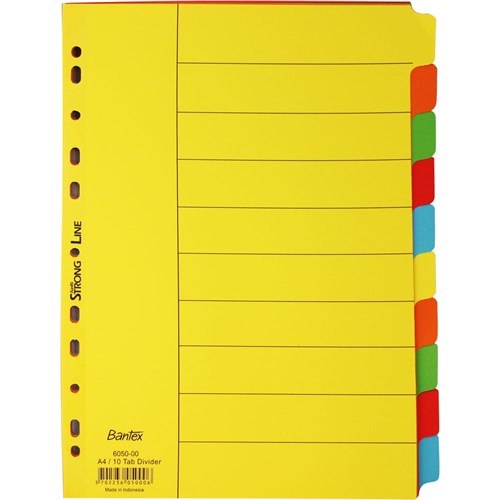

- #Iu exercise science tab sheet how to
- #Iu exercise science tab sheet code
- #Iu exercise science tab sheet plus
CMR International, Centre for Medical Research International R&D Compendium 2004 (CMR International, 2004).ģ. Martin, The myth of the biotech revolution, Trends in Biology, March 2004.Ģ. The paper focuses on the UK government's political rationale for launching this initiative, the bidding and funding process that followed, and some of the largely unintended outcomes that emerged.ġ. This is somewhat ironic as the initiative-the creation of regionally based Genetic Knowledge Parks (GKPs)-was an explicit policy measure aimed at developing multi-disciplinary forums to integrate new genetics and genomics knowledge with existing scientific knowledge in order to develop new treatments and services. Specifically, the paper analyses the underlying rationale and political dynamics surrounding the implementation in 2002 of a novel UK government-funded genetics initiative and considers why this initiative may have actually impeded the development of biomedical innovations in this field because it led to disruption of the UK genetics community. In this paper some of the political and practical problems surrounding knowledge integration for biomedical innovation are explored which may serve to illustrate why this may be the case. However, the rate of development of new treatments and services is sluggish and overall the rate of innovation in the biomedical sector is deteriorating.
#Iu exercise science tab sheet how to
Here are a few examples of how to use these special characters: DescriptionĪ DOS/Windows path with backslash characters The following character sequences have a special meaning when used as printf format specifiers: \aĪs you can see from that last example, because the backslash character itself is treated specially, you have to print two backslash characters in a row to get one backslash character to appear in your output. Here are several examples that show how to format string output with printf: Description Printing a much larger number with that same format Here are several examples showing how to format floating-point numbers with printf: DescriptionĮight-wide, two positions after the decimalĮight-wide, four positions after the decimalĮight-wide, two positions after the decimal, zero-filledĮight-wide, two positions after the decimal, left-justified Descriptionįormatting floating point numbers with printf
#Iu exercise science tab sheet plus
Several different options are shown, including a minimum width specification, left-justified, zero-filled, and also a plus sign for positive numbers.

To zero-fill your printf integer output, just add a zero ( 0) after the % symbol, like this: printf("%03d", 0) Īs a summary of printf integer formatting, here’s a little collection of integer formatting examples. To left-justify integer output with printf, just add a minus sign ( -) after the % symbol, like this: printf("%-3d", 0) The %3d specifier is used with integers, and means a minimum width of three spaces, which, by default, will be right-justified: printf("%3d", 0) Here’s a quick summary of the available printf format specifiers: %c In the remainder of this document I’ll use Perl examples, but again, the actual format specifier strings can be used in many different languages.
#Iu exercise science tab sheet code
String result = String.format("the %s jumped over the %s, %d times", "cow", "moon", 2) Īs you can see in that last String.format example, that line of code doesn’t print any output, while the first line prints to standard output, and the second line prints to standard error. ("the %s jumped over the %s, %d times", "cow", "moon", 2) Printf("the %s jumped over the %s, %d times", "cow", "moon", 2) Īnd here are three different Java printf examples, using different string formatting methods that are available to you in the Java programming language: Therefore, here’s a simple Perl printf example to get things started: In this cheat sheet I’ll show all the examples using Perl, but at first it might help to see one example using both Perl and Java. This means that your printf knowledge is reusable, which is a good thing. I originally created this cheat sheet for my own purposes, and then thought I would share it here.Ī great thing about the printf formatting syntax is that the format specifiers you can use are very similar - if not identical - between different languages, including C, C++, Java, Perl, PHP, Ruby, Scala, and others. Summary: This page is a printf formatting cheat sheet.


 0 kommentar(er)
0 kommentar(er)
